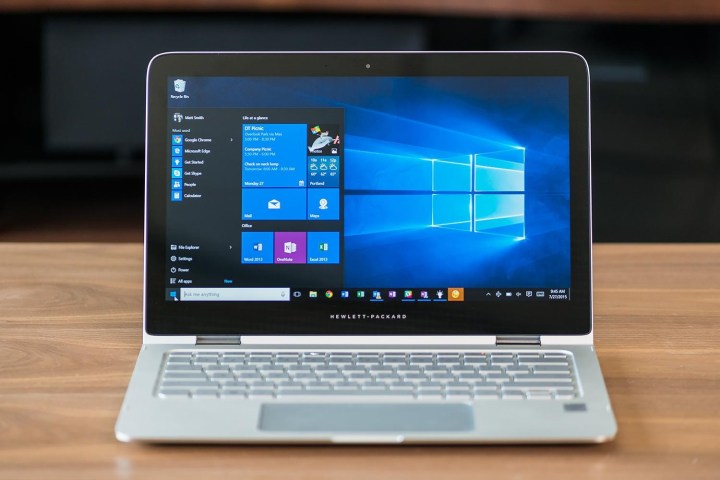
Microsoft has made it relatively easy to see all of your devices in one location for some time now, but this latest update makes managing different aspects of them that bit easier. You can make sure that everything is up to date with Windows Defender, how much storage space you have left, and whether data protection is in place.
You no longer need local or physical access to a machine to confirm various aspects of different devices’ specifications either. This new update adds information about your key hardware like the processor, graphics card, and RAM. It even breaks down software versions like your current OS build and which version of Windows you’re running, per DeskModder (via OnMsft).
Although the number of Windows phone users is certainly less than some of the other big smartphone OS alternatives, Microsoft also extended some added support for them, too. The Devices page can now display information for Windows Phones.
It does not go into quite as much detail as it does with desktops and laptops though, as there is not much in the way of hardware details about the handsets. However, users can enjoy access to data protection options, as well as a breakdown of which version of the OS the device is running and how up to date it is. There is also a visual and numbered breakdown of how much free storage space it still has.
If you cannot remember your password to check out the new Microsoft Account features, there is always the option of using smartphone one-factor authentication.
Editors' Recommendations
- Microsoft plans to charge for Windows 10 updates in the future
- Microsoft Edge’s latest feature keeps you even more secure when browsing
- Your Microsoft account just went completely password-free
- Microsoft Start is a new way for you to stay up to date on your news, interests
- Windows 10’s update screen will soon tell you if your PC supports Windows 11




